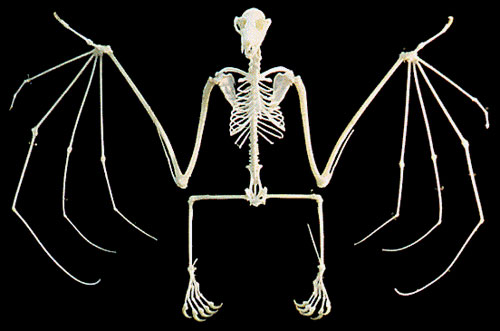Greetings! I was surprised to see a letter in which you decided to identify the shafan of the Torah as the rabbit instead of the hyrax. I would like to make several points in this regard:
There is no doubt that Rashbatz, Rashba, and the various other authorities who discussed the shafan were referring to the rabbit. But how is this at all relevant? They lived in Spain, and were thus familiar with rabbits, but not with hyraxes! This is no different from how the Rishonim in Ashkenaz mistakenly thought that the tzvi is the deer, and were therefore confounded by the Gemara which states that the horns of a tzvi are not branched. The reason was that that they were unfamiliar with the gazelle, which does not live in Europe, and so transposed the name tzvi to the deer. Only Rav Saadiah Gaon, who was familiar with the animal life of the Middle East, correctly identified the tzvi as the gazelle and the ayal as the deer—and he likewise correctly identifies the shafan as al-wabr. While some scholars believed the wabr to be the jerboa (a long-eared, long-tailed jumping rodent), this cannot be the shafan, since jerboas do not hide in rocks. As other experts on ancient Arabic point out, wabr is actually the hyrax. The opinion of Rishonim who never knew of the existence of hyraxes, only rabbits, is not relevant.
Second of all, rabbits do not live anywhere near Eretz Yisrael (European rabbits are only native to south west Europe and northwest Africa, and other African rabbits are only in central and southern Africa). It is thus unreasonable to the point of absurdity to posit that the rabbit is the shafan of Tanach. Would the Torah, and David HaMelech in Tehillim, and Shlomo HaMelech in Mishlei, have described the natural habits of an animal that none of the Jewish People knew of? Would they ever have described kangaroos leaping in the Australian bush, or penguins waddling upon ice floes?
Third of all, rabbits escape threats by running away or entering tunnels that they have excavated in earth, rather than hiding in rocks as the shafan is described as doing. The only rabbits which hide under rocks are the African rock hares, which only live in Southern Africa, and are in any case so similar in appearance to the hares of Israel (the arneves) that it is hard to imagine that they would be rated as a separate min.
With regard to the objection that the hyrax is a sheretz – I do not see this as any reason to disqualify the hyrax. First of all, Mishlei 30:24, 26 explicitly says that the shafan is a small animal. Second, hyraxes measure twenty inches in length, weigh up to ten pounds, and walk with their bodies held much higher from the ground that do mice and lizards. Furthermore, if one is going to consider the hyrax as a sheretz, then kal v’chomer that the rabbit, which is much smaller and moves with its body even closer to the ground, is a sheretz!
Finally, with regard to the question of the shafan chewing its cud, there are several explanations for this which are no more problematic than that regarding the hare. In fact, the hyrax appears to be more of a maaleh gerah than the hare; I have recently filmed a hyrax apparently in the act of regurgitating food, chewing it, and swallowing it again.
When David HaMelech describes how “the high hills are for the ibex, and the rocks are a refuge for the shefanim,” and when Shlomo HaMelech refers to the shafan as a small animal that hides in rocks, there is no doubt that they refer to the small animal that hides in the rocks in the exact region of the ibexes—the animal identified by Rav Saadiah as al-wabr — the hyrax. I explain all this at much greater length in my book The Camel, The Hare And The Hyrax, which has just been republished in a new, expanded edition.
(There are still some spots left on this Sunday's Torah Tour of the Bronx Zoo. Write to zoorabbi@zootorah.com if you want to sign up.)






